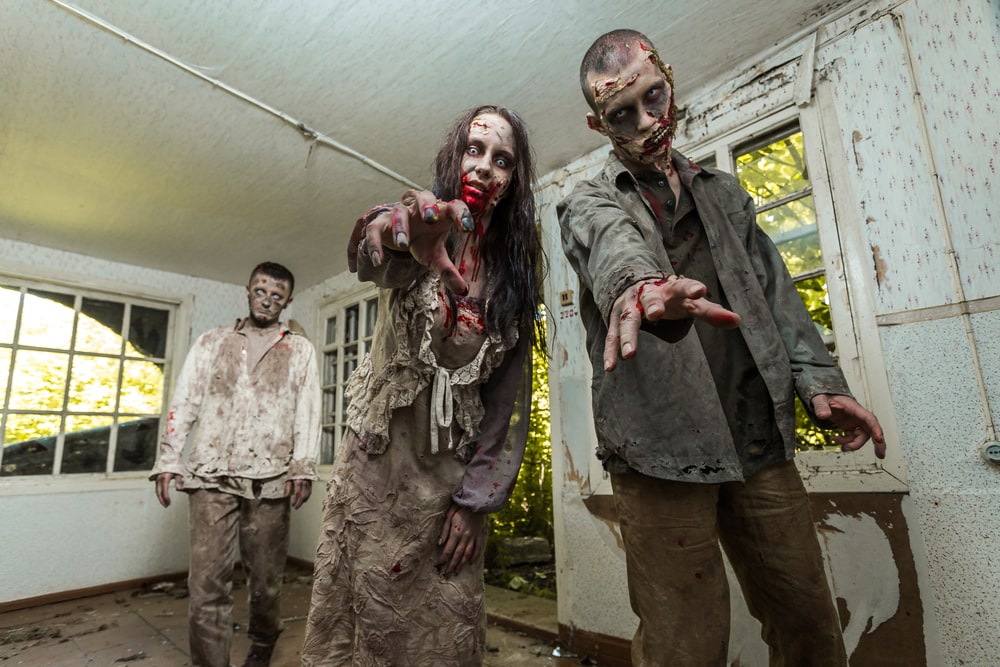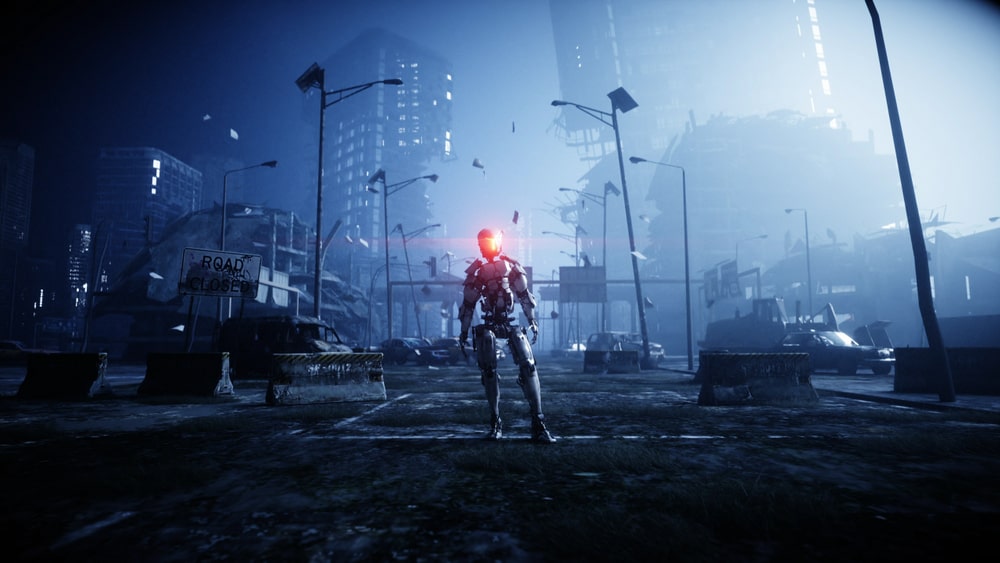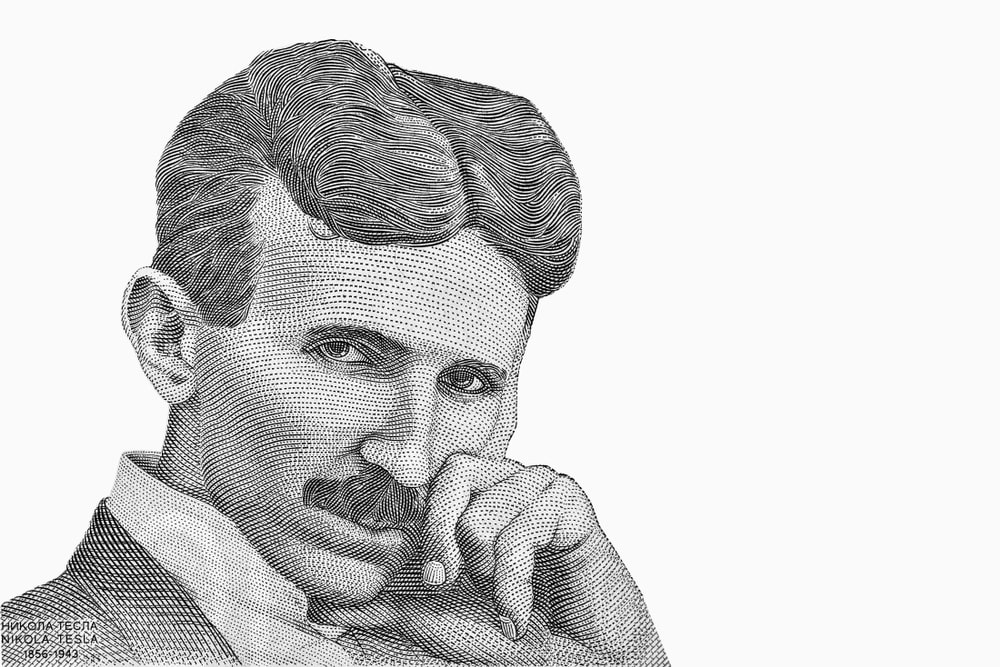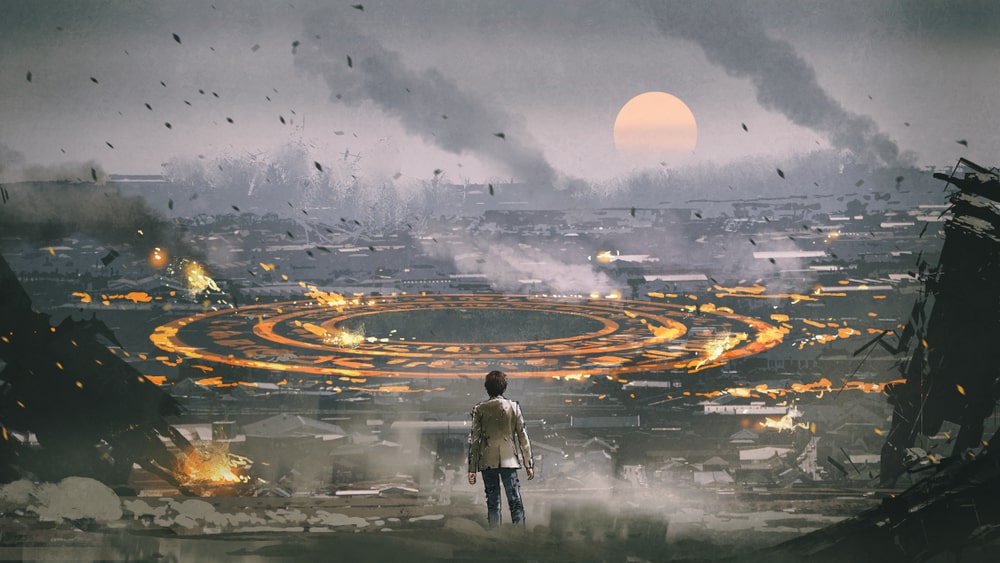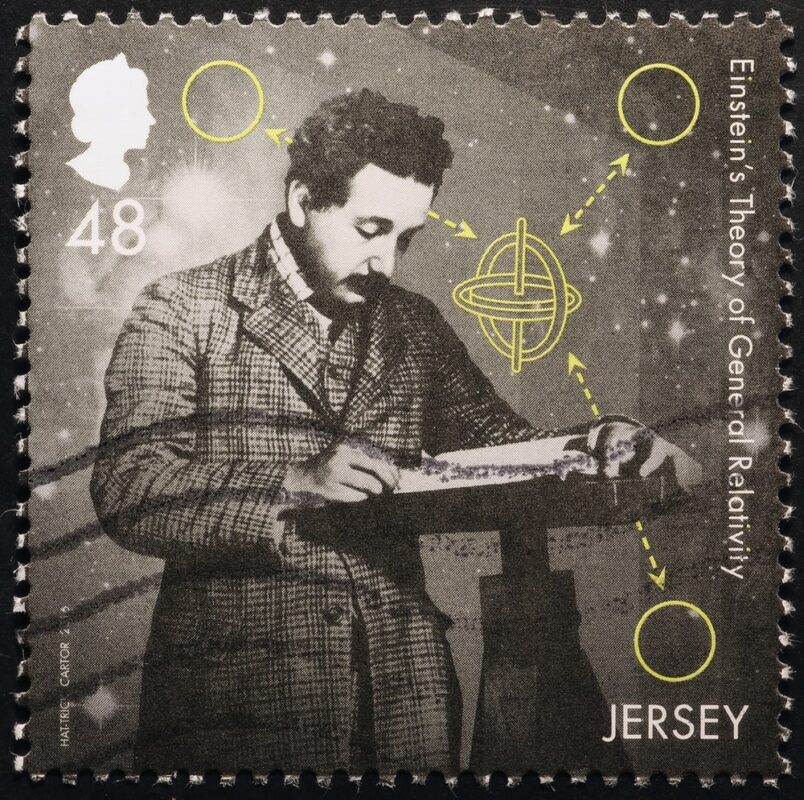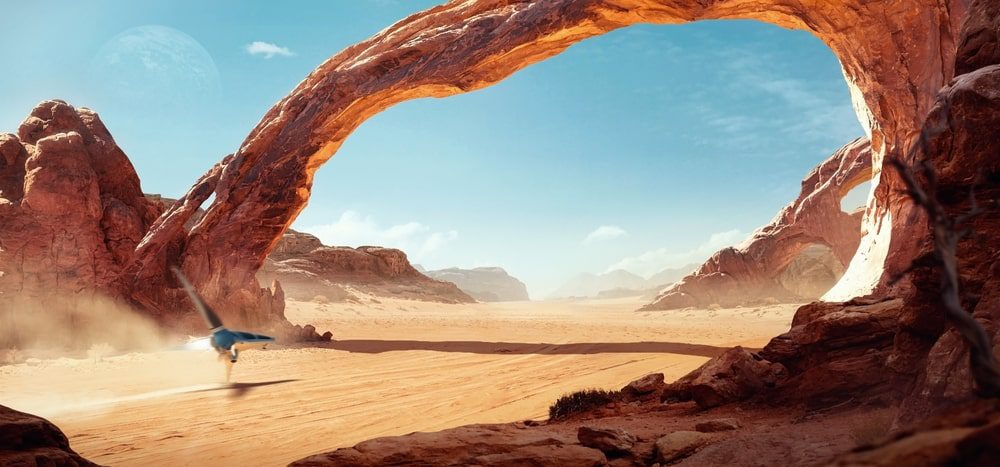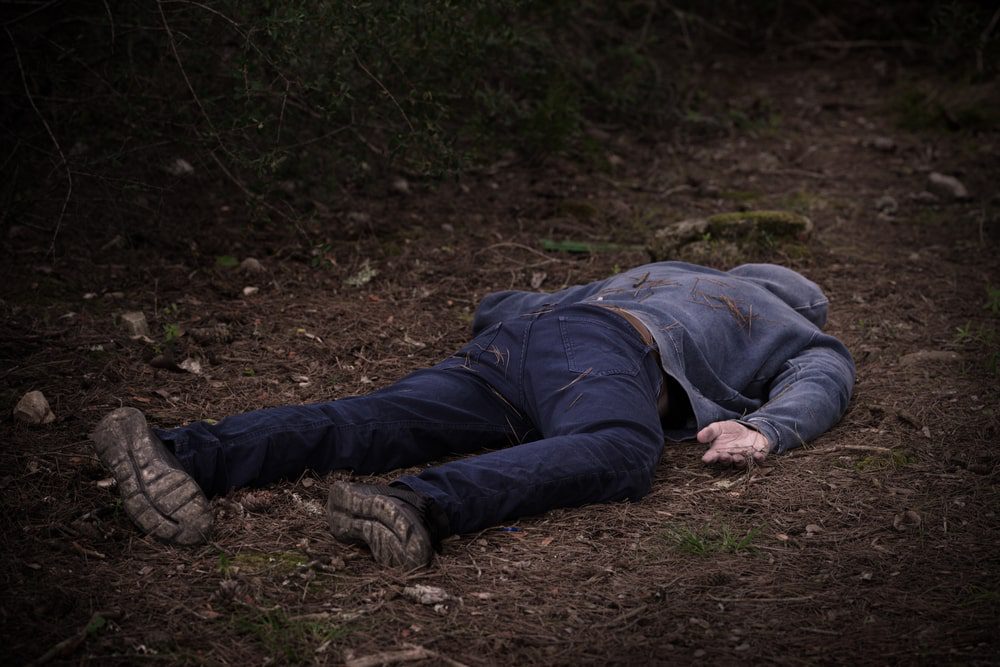8 Fascinating Facts About Nikola Tesla that Will Change Your Perspective!
The brilliant engineer and inventor Nikola Tesla was the one who designed the alternating-current (AC) electric system, which is the predominant electrical system used all over the world today. He also made the “Tesla coil,” which is still used to this day in radio technology.
Born in modern-day Croatia, Tesla immigrated to the United States in 1884 and briefly worked with Thomas Edison before they decided to part ways. The Serbian American sold many patent rights, such as his AC machinery, to George Westinghouse.
He died at 86 years old in January 1943, but his legacy still lives on through his inventions and the electric car company that’s named after him. Curious to know more about this genius who completely changed the course of history? Here are some of the most interesting facts about Nikola Tesla:
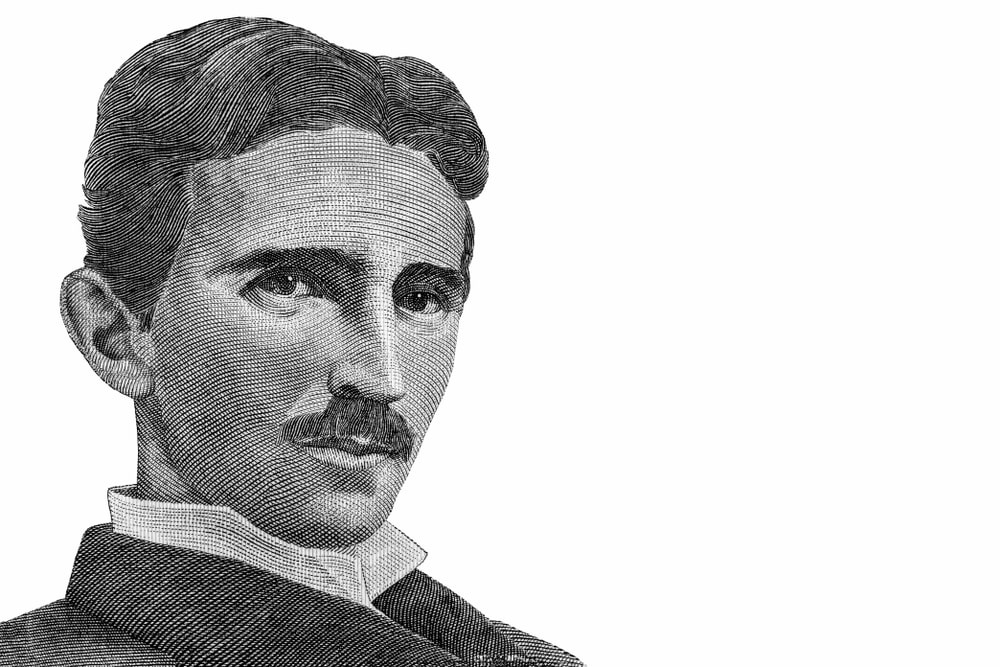
He was so shocked by his brother’s death that he turned into a mystic at 7 years old.
The defining event of his childhood was the day his older brother Dane died in a riding accident. In the years that followed after the tragedy, Tesla (the son and grandson of Serbian Orthodox priests) started seeing visions of the air around him that were “filled with tongues of living flame.”
As a teenager, he learned to practice his willpower to control the visions, but in later life, he would spend much of his time feeding and communicating with New York City’s pigeons.
He was briefly reduced to digging ditches for a living.
Right after he graduated from university, Tesla worked for Edison’s electric company in Paris, but he also traveled to the United States in 1884. He was hoping he could work directly with Edison, who was the leading figure in electric lighting and power at the time.
Tesla rapidly gained a job as an engineer at Edison’s headquarters, managing to impress the “Wizard of Menlo Park” with his impressive genius. Edison casually mentioned that he might pay $50,000 for an improved direct current generator design, and Nikola Tesla decided to work nights until he finally came up with a solution.
Edison completely refused to pay up, claiming he was only joking. Soon after that, Tesla quit and decided to form his own company. Even if he searched for backers to support his research into alternating current, he took a job digging ditches for $2 a day to make ends meet.
He almost discovered X-rays with the help of Mark Twain.
Mark Twain and Nikola Tesla befriended each other in the 1890s, thanks to Twain’s lifelong fascination with technology and new inventions. One night, Twain was visiting Tesla’s lab, and he decided to pose for one of the first photographs that were lit by incandescent light.
In 1895, Tesla and photographer Edward Ringwood Hewett decided to invite Twain back to the lab to pose for yet another photo, this time using an electrical device known as a Crookes tube. When Tesla finally reviewed the resulting photographic negative, he thought it was splotchy and ruined.
But weeks later, after German scientist Willhelm Röntigen announced his discovery of “X-radiation,” Tesla realized the photograph of Mark Twain was ruined by the X-ray shadows of the camera’s metal screws.
He invented a remote-controlled boat that he believed might end all warfare.
At the height of the Spanish-American War in 1898, one of his side projects included a miniature boat that you could start, stop, and steer only with radio signals. He decided to file a patent for the device, but the U.S. Patent Office refused to accept that it might even work, and so they designated an agent to check Tesla’s lab and require a demonstration.
Tesla showed his boat to an audience of other important visitors, such as J.P. Morgan and William K. Vanderbilt. He also told the New York Post that his invention, which would let battles be fought without putting humans at risk, would ultimately rule out warfare as useless.
He claimed he received signals from outer space, and it turned out to be right, only a century later.
During the summer of 1899, Tesla set up a field laboratory in Colorado Springs, Colorado. He wanted to use high-altitude stations to transmit information and electric power over very long distances.
Well, one beautiful summer day, while he was tracking lightning storms, his equipment got in contact with a series of beeps. First, he decided to rule out solar or terrestrial causes, as one does. Then, guess what?
He concluded that the signals had to originate from another planet. The next Christmas, in response to the American Red Cross’s request for a prediction of the greatest scientific achievement of the century, he shared with the world that he received a message from another world, unknown and remote.
Well, guess what? In 1996, scientists published a study meant to replicate Tesla’s experiment. It showed that the signal was in fact caused by the moon Io passing through Jupiter’s magnetic field.
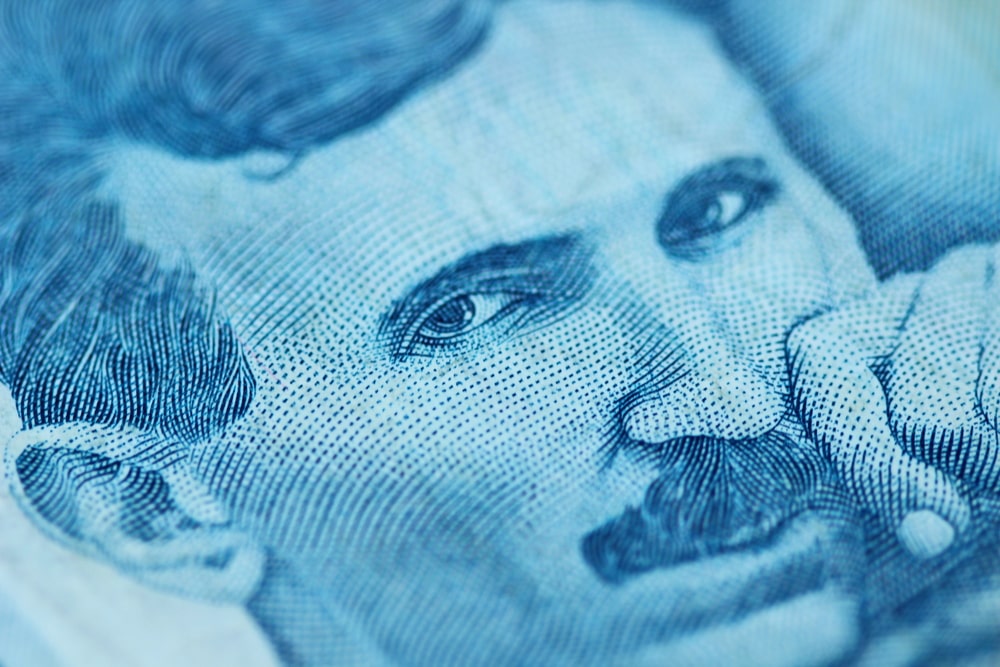
His laboratory was designed by the famous architect Stanford White.
In 1901, Nikola Tesla managed to convince financier J.P. Morgan to invest no less than $150,000 in a new venture. We’re talking about a powerful laboratory at Wardenclyffe, on the northern shore of Long Island.
That would represent the new center for the scientists’s work on long-distance radio and electric power transmission. Stanford White was the country’s best architect at the time and a longtime friend of Tesla’s. He managed to design a single-story lab in classical proportions, backed by an impressive, 185-foot-tall tower. The tower could be seen as far as New Haven, Connecticut.
He had a difficult relationship with J.P. Morgan.
When funds ran out right before the Wardenclyffe Tower could be done, Tesla asked Morgan for more funding, but he was turned down. It’s worth mentioning that some biographers speculate that Morgan cut off funds as soon as he realized that Tesla’s plan regarding wireless power was very unlikely to be profitable.
At the same time, the number one factor for Morgan was his ongoing concern about getting caught up in a rash of market speculation about radio projects. In the summer of 1903, after a very blunt rejection from Morgan, Tesla cranked up his equipment, sending lighting streaking from the Wardenclyffe Tower until midnight.
One year later, he tried once again, but he was met with a vehement “no,” to which he decided to accuse the pious Episcopalian Morgan of being a Muslim fanatic.
He spent his final years as a recluse, with one exception.
For many decades, he had been a significant member of New York’s high society. However, as time went by, age and poverty led Tesla into isolation. He lived alone in a series of cheap hotels and oftentimes preferred the company of pigeons to people.
However, he kept only one element of his days as a renowned showman-inventor, since he kept the tradition of popular press conferences he held every year on his birthday. When he turned 79 years old, he declared that his invention (a pocket-sized oscillator) could easily destroy the Empire State Building.
Now, there’s no point in digging into the fascinating life of Nikola Tesla without watching an interesting documentary, too! That’s why we recommend you watch “Tesla“.
If you’re interested in reading other similar articles, we recommend you try: These 7 Frightening Things Might Actually End the World, Scientists Say


